Fun & Enjoyable Golden Week
Golden Week is the longest and the most popular among the holiday period all over Japan. This is the time where Japanese workers make plans with their families and enjoy the long period of rest and vacation. But what is Golden Week and why is it called Golden? Golden Week is one week of national holidays observed in Japan, beginning April 29 and ends on May 5. The word golden originated from Japan’s movie industry wherein they say, during this period of holidays, people will have a “golden opportunity” to go and watch movies with their families. What are the holidays inside the ‘Golden Week’ period?
April 29 – Midori no Hi or Green Day. This is in honor of nature and environment. It is also the birthdate of Emperor Hirohito, from Showa period. It is his through passion for nature and environmental issues that the holiday was changed to Midori no Hi.
May 3 – Kenpo Kinenbi or Constitution Day. On May 3, 1947, the new post-war constitution became a law. A patriotic holiday wherein the post-war Japanese constitution date is commemorated. The Japanese constitution is a pride for Japanese people and one part of it, (Article 9), has become famous where it stated “Japan is prohibited from participating in war activities, except in cases of self-defense.”
May 4 – Kokumin no Kyujitsu or Between Day. People acknowledged this one day in between holidays to become a holiday as well because for them, after these holidays, there is no sense of going back to work for one day and then go on a holiday again the next day. The law in Japan states that the days between two national holidays will also become a holiday. May 4, becomes the Between Day as a result of Japanese law: a day that falls between two national holidays is, by default, a holiday, too. But there is a catch to it, if it falls on a Sunday, it is not considered a holiday and workers will not get paid. However, Between Day has become Greenery Day in 2007 and was made official in order to make the Golden Week a continuous holiday period.
May 5 – Kodomo no Hi or Children’s Day. This holiday is observed to give honor, respect and wishes for children for their individual strength and happiness. It was originally known as “Tango no Sekku,” which means Boys day but they changed it in 1948 to celebrate the health and growth of both girls and boys. Colorful decorations and kite flying koi nobori or carp streamers and May dolls are associated with the celebration.
Golden Week is one of the busiest holidays in Japan. Families and travelers have planned their itineraries a year ahead. Barbecue and picnics are also popular during this holiday week. Here are some places to go:
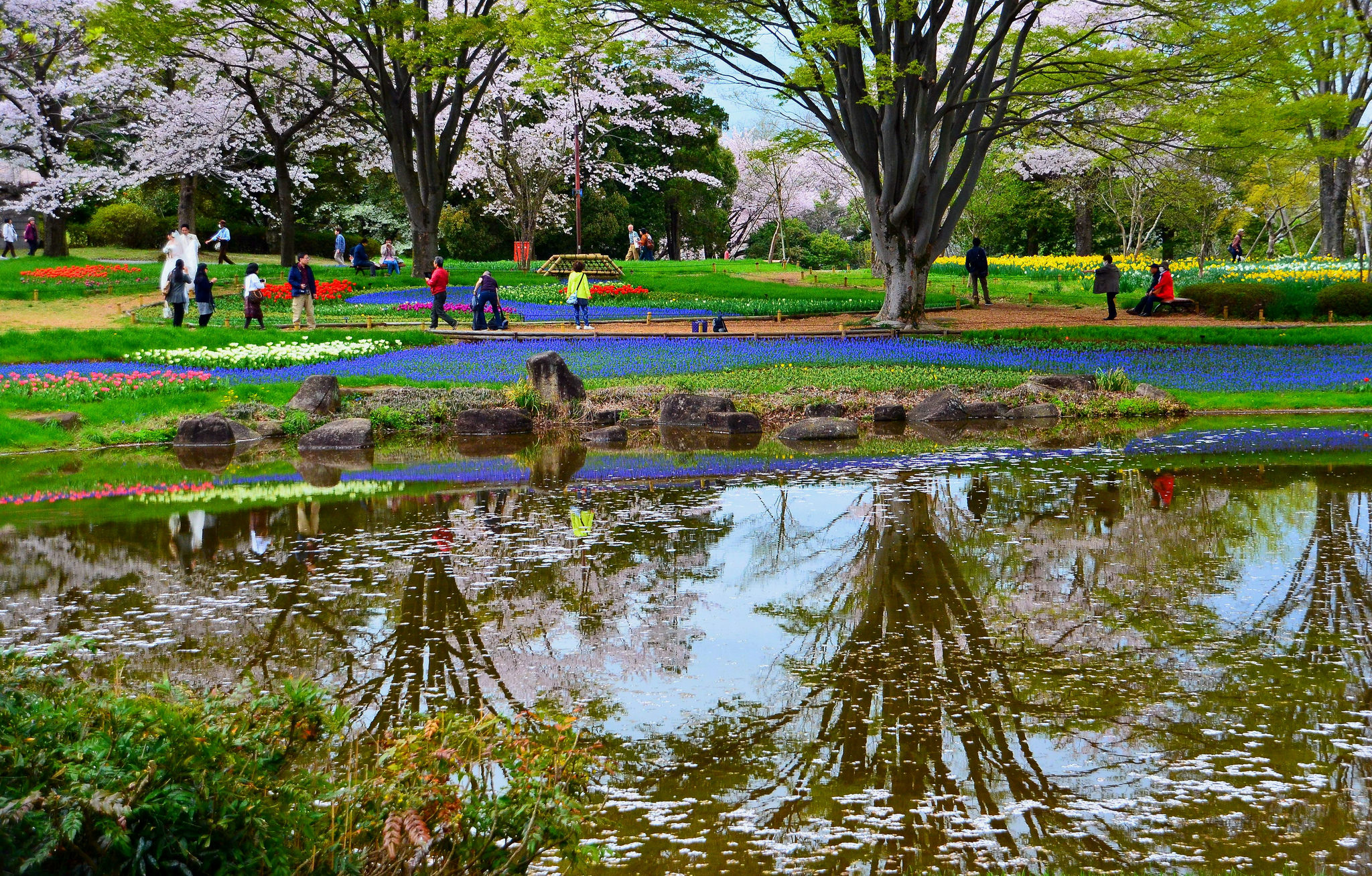
Showa Memorial Park – Situated in Tachikawa, it is around 50 minutes from Shinjuku Station and can be reached by taking the JR Chuo Line. The barbecue garden is closer to Nishi-Tachikawa Station.It is one of Tokyo’s largest natural parks is a good place to go to as the to experience a more relaxing ambience.
Operating days: April 1 – September
Admission fee: 410 yen (adults), 80 yen (children 6-15 years old), 210 yen (senior citizens)
Reservations: 042-524-6603
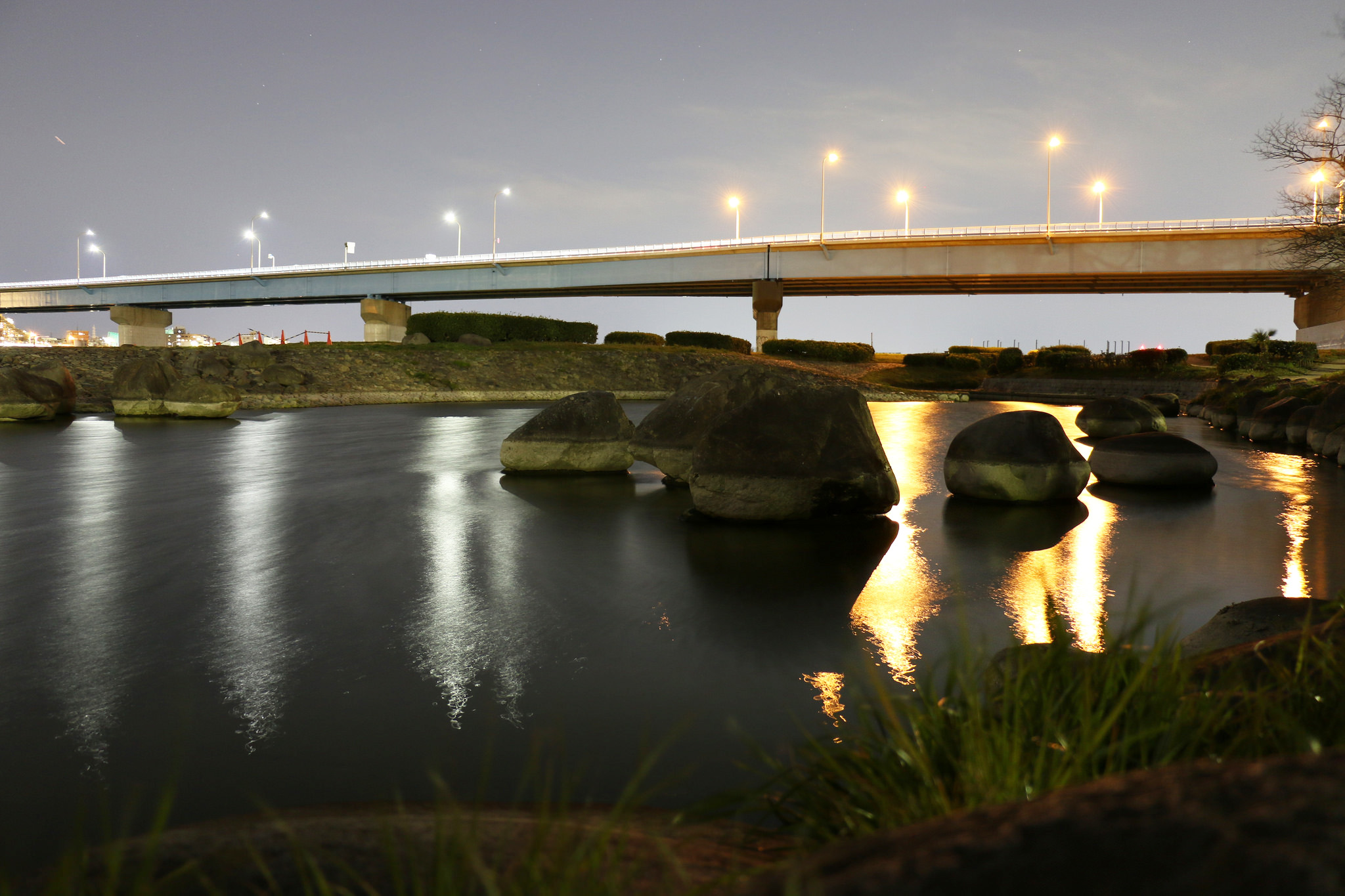
Tamagawa – Only 5 minutes away from Futako-Tamagawa Station, the Ryokuchi BBQ area is just right next to the Tama River where families
bring their own food and rent barbecue equipment.
Kids can also enjoy playing where you will find relaxing views.
Operating days: April – September
Admission fee: 500 yen
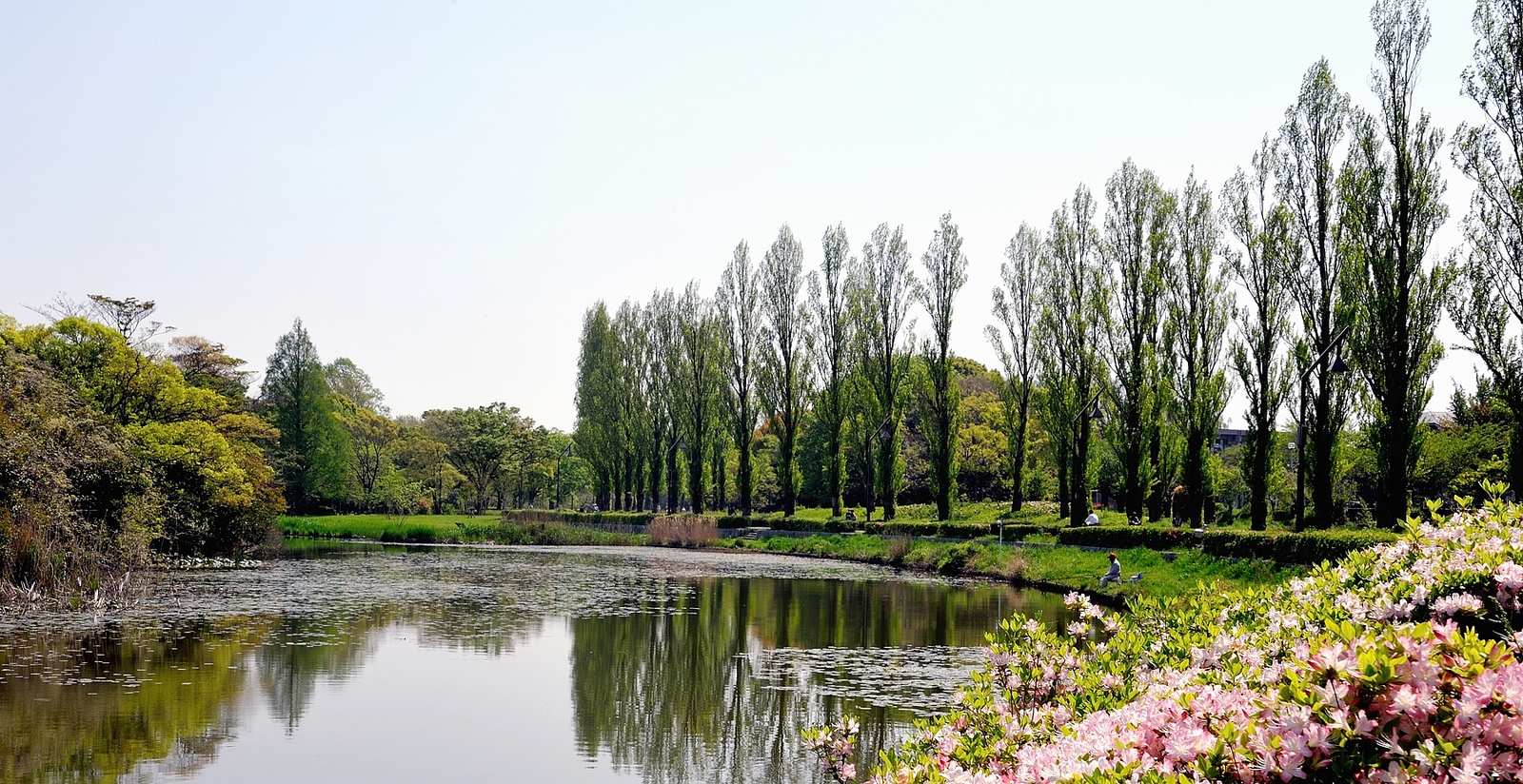
Mizumoto Park – Also considered as one of the largest parks in the center of Tokyo and is the only park with waterfront scenery that families enjoy. Only 7-minute walk from Mizumoto-Koen bus stop (Keisei Bus bound for Togasaki-Soshajo or Nishi-Mizumoto 3-chome).
Operating hours: Open 24 hours
Admission fee: Free
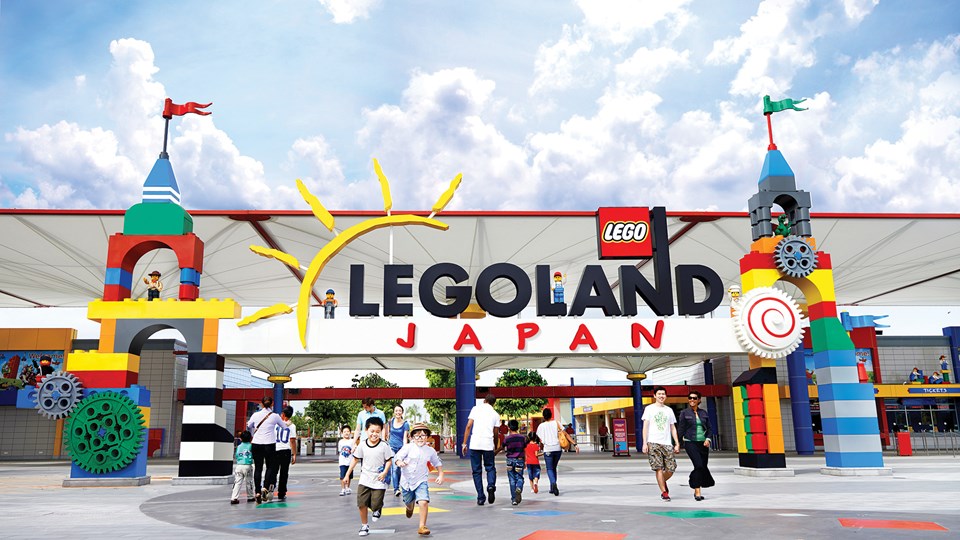
Legoland Japan – The newly opened amusement park is located in Minato Ward, Nagoya. The 9.3 hectare park features a giant reproduction of Nagoya Castle made from more than 200,000 Lego toy bricks, and other outdoor displays.
Operating hours: 10:00 a.m. – 7:00 p.m. or visit the website for more details
Admission fee: 5,300 yen (children), 6900yen (adult)
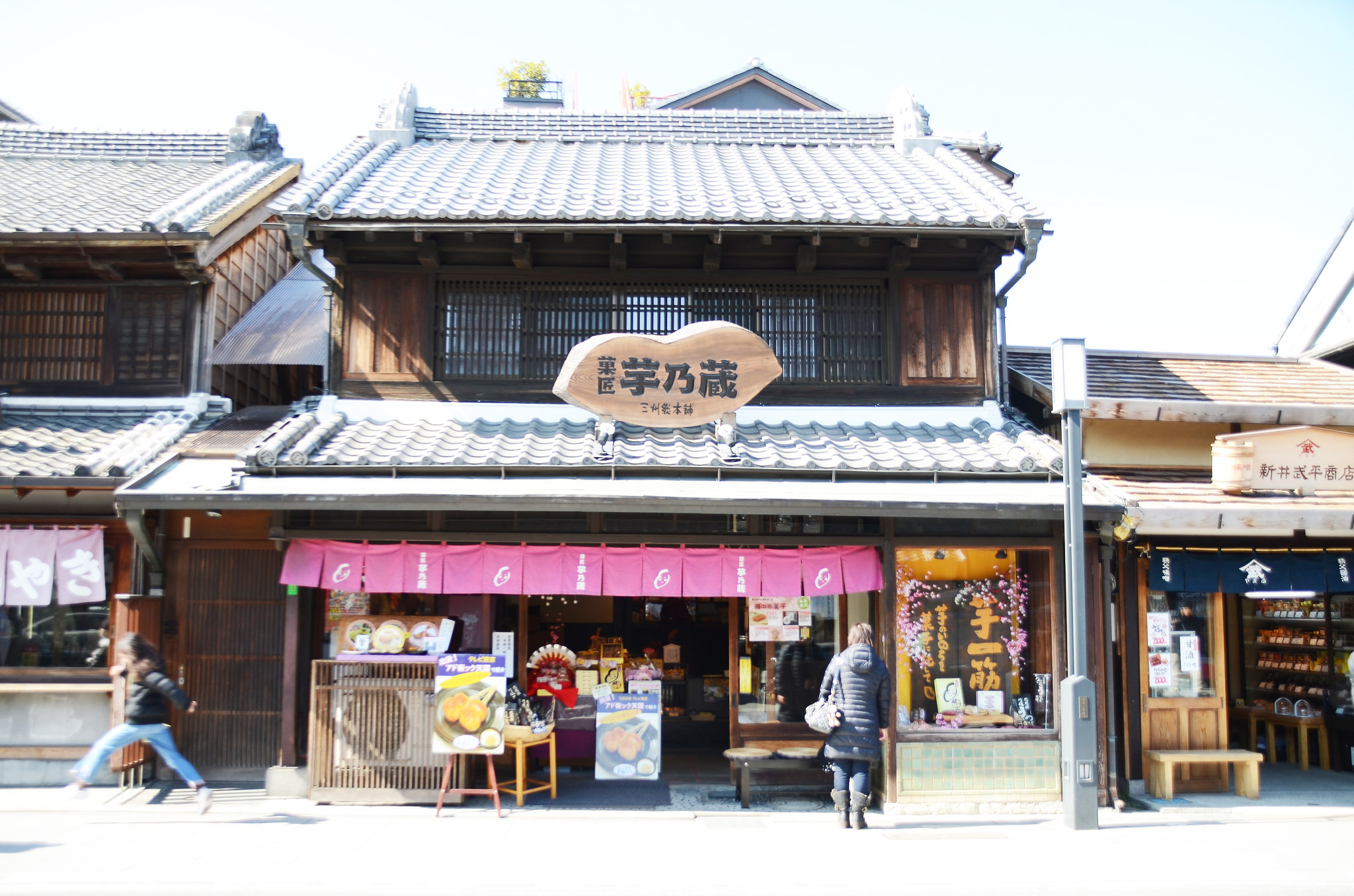
The Little Edo – Experience the traditional Japanese culture, which you can not experience in your place, take a stroll in the town wearing the Japanese kimono and feel the historic culture and aroma of Edo Koedo Kawagoe. Taste the Japanese food in the authentic Japanese restaurant and absorb the Edo generation.
Admission fee : Free
For more Information:
Visit website: http://www.koedo.or.jp/